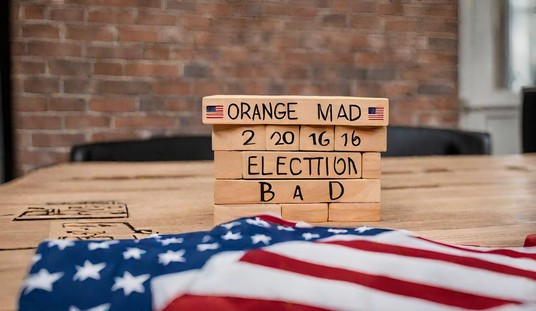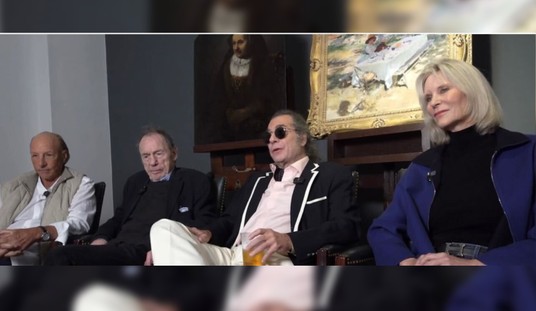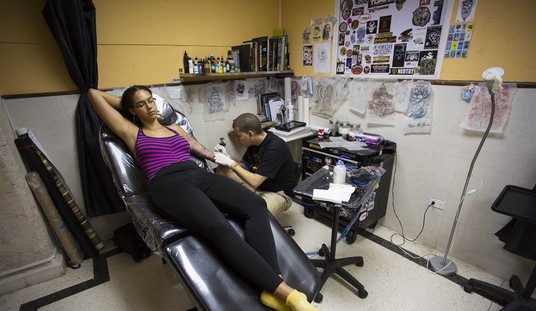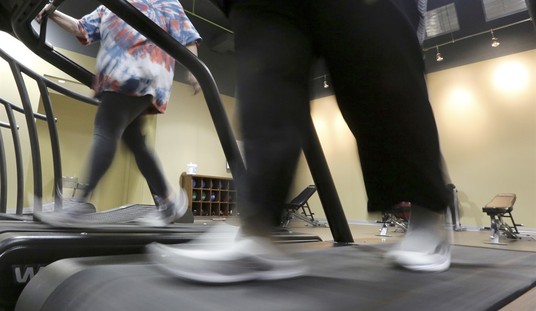Today’s NYTimes.com carries a 14-picture gallery of clashes in Damascus between the Free Syrian Army and forces loyal to Syrian President Bashar Assad.
Today’s New York Times, print version, publishes three photos of the clashes on A1, above the fold. The caption reads:
Clashes in Syria, and a Potential Step Forward
Top, two insurgents in Damascus took position before being hit by army snipers; the fighter on the right died soon after being dragged from the line of fire. On the political front, Syria’s top opposition leader expressed a willingness for the first time to talk with the government.
So: three photos are prominently featured in the print edition, and 14 are featured in a gallery online.
However, the picture described in the print edition as “Top, two insurgents in Damascus took position before being hit by army snipers” does not appear in the online gallery.
I have been unable to locate it on the NYT website.
This picture made the cut for the top three pictures to be published in the print edition — indeed, it is featured on top — but did not make the cut for the much larger online gallery.
Here it is, from my phone:
In that picture, note the two men are supposedly taking cover from Assad’s forces, which would be to the photographer’s right.
But in picture 7 from the online gallery, this:
If Assad’s forces are to the right, these two FSA, and the photographer, would appear to be sitting ducks.
Also here in picture 9:
And in picture 10:
Additionally: this man is supposedly shot by a sniper bullet, and is being dragged. No blood is visible on his clothing or on the ground in any picture.
Will make a few phone calls, and will update this post.
UPDATE:
A video camera is visible in picture 7, by the FSA member’s right knee. It appears to be pointing directly at the two men supposedly under fire:
In picture 10, the video camera is clearly visible, perched on a small tripod:
So: the photographer managed to be in position to capture two men supposedly in peril, one of them subsequently shot and killed, and just happened to have the presence of mind — and luck — to set up a second camera, for video, in what would be a perfectly clear vantage point to film the drama. From a tripod.
No smoking gun, but I believe there is enough accumulated evidence present to be objectively suspicious.
The photographer for the gallery is listed as Goran Tomasevic of Reuters. Putting in calls to Reuters to see if they have footage from that video camera, and to see if the Times can answer why the key photo from the print edition is missing from the gallery.
UPDATE: PJ Media Middle East Editor Barry Rubin weighs in:
“1. I believe the photos were falsified.
2. You do not take cover from a sniper by putting your back against a wall. That makes you a target in a shooting gallery. Incidentally, these photos look almost identical to the false photos in the Muhammad Dura case, in which Israelis (who were not in range of the place) supposedly killed a boy in Gaza. He and his father were backed against a wall in clear sight of the alleged Israeli soldiers. The photographers were positioned almost identically, out in the open and in imminent danger if their story was true. The father and son were slumped just like in the photo — and there was no blood. I wouldn’t be surprised if the people who organized this hadn’t studied that footage.
3. The arms visible are an AK47 and an RPG. More important, a sniper would be using heavy ammo and aiming for the head to be certain to kill the targets. The guy’s head would have been blown apart, he would have been thrown hard against the wall and there would be blood everywhere. The wall is clean.
4. Look at the placement of the gun on top of the dying man. It obviously has been laid there. If the guy had been shot and thrown back the gun would have flown into the air. We need to believe that he was hit, thrown back, fell, and yet the gun in effect merely dropped into his lap.
4. It is not only the presence of the cameraman, but his posture. He is holding the equipment calmly and stably, as if he has no fear at all and plenty of time, as if he were settled in and hadn’t thrown himself into that postition. Also, he knows exactly what to photograph. One would expect him to be snapping shots of the sniper and moving his camera around quickly.
5. In the dragging photo, the man is positioned so you cannot see the head, and as you point out, there’s no blood. Moreover the other guy is sitting calmly in the same place! His gun isn’t even up and pointed! If your friend was shot dead by a sniper you can’t see a moment ago, would you just keep sitting there unprepared?
I am not an expert on photography, but I believe these are false, indeed ridiculously so. I believe an intelligent editor should have had serious questions about this, especially after there has been so much controversy about falsified photos.
My opinion is that there is no big political goal here, but that the photographer wanted to have good photos to sell.
UPDATE: Here is the gallery from Reuters’ website.
Note the photographer’s commentary:
There were two rebels next to me and two rebels across the street. A couple of sniper shots were fired. They were clearly sniper shots, not Ak’s, as they came one by one. I could clearly see through the lens when they actually shot the rebel. The rebel next to him was also shot and injured but he should recover after being hit in the stomach.
So: the photographer is claiming that in this picture …
… the man in camo on the left has just been struck in the gut. By a sniper bullet.
Also note that nowhere in photographer’s comments does he mention where on his body the supposedly dead man was struck by the fatal shot.
It appears The Atlantic also has published the gallery, confident in the photos’ veracity.














Join the conversation as a VIP Member